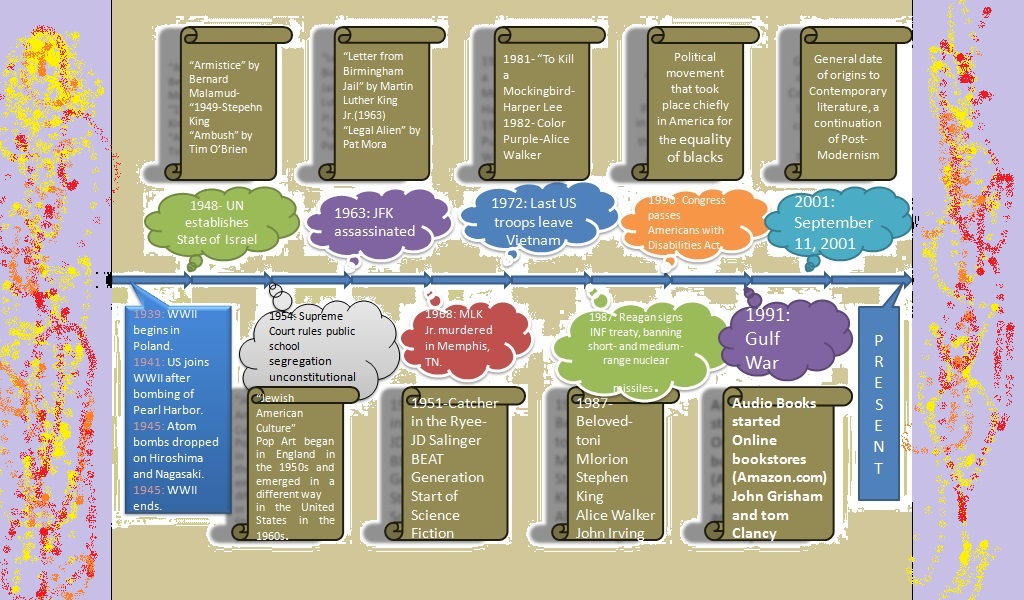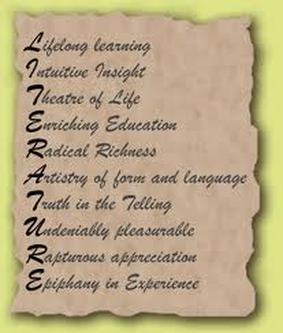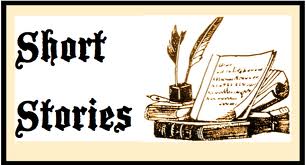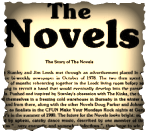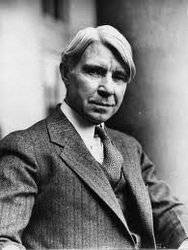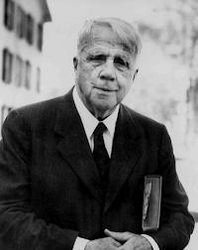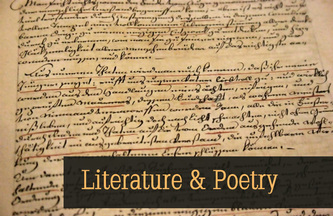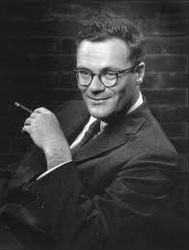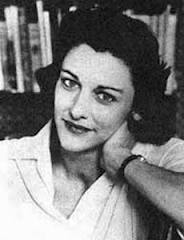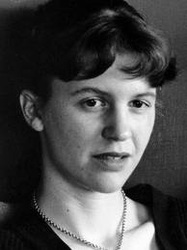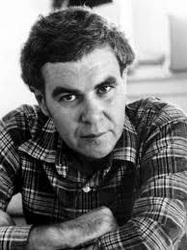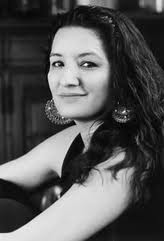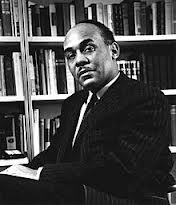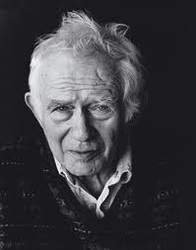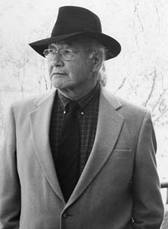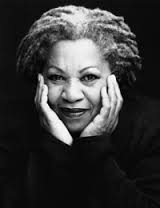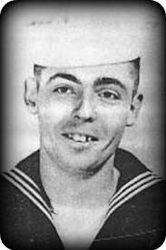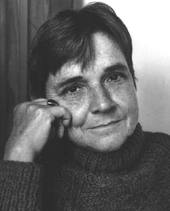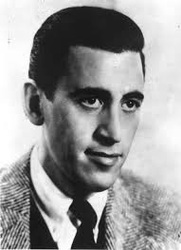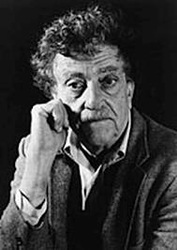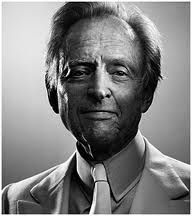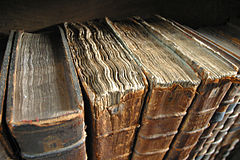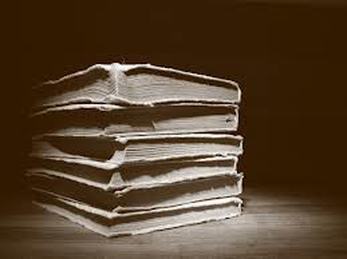American Contemporary Literature Since 1973
"Make it new"- Ezra Pound
|
A movement originating in Europe, beginning in the early-to-mid-20th century that was characterized by a self-conscious break with tradition aesthetic forms. Representing the radical shift in cultural sensibilities surrounding World War I, modernist literature struggled with the new realm of subject matter brought about an increasingly industrialized and globalized world.
|
Both World War II and the Vietnam War left distinctive marks on American literature. After World War II, returning soldiers were not disillusioned to the degree that veterans of World War I had been, perhaps because the world has grown used to carnage on a grand scale and perhaps because the cuse for which nations fought World War II seemed nobler. Yet a good deal of the fiction that emerged from the war portrays a sense of human helplessness in the face of the destructive forces unleashes on the world by advanced military technology, including the nuclear bomb. Because it is so diverse in theme and style, and because critics and historians of literature, do not yet have sufficient perspective to make enduring judgments, American literature since the end of World War II is difficult to categorize. Still, there are some clear trends and influences that can be identified, and it is certain that contemporary American literature reflects the complexity, the unrest, and the multi-culturalism of contemporary American society. (Rangno, 2006) |
CONTEMPORARY PERIOD TIMELINE
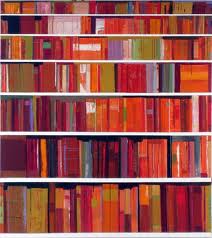
History of Contemporary Period
LITERATURE
|
Poetry
Two poets whose work spans the entire middle of the twentieth century are Robert Frost (1874-1963) and Carl Sandburg (1878-1967). Frost was essentially a pastoral poetry, one for whom the countryside and nature held many truths to be explored. Although he tended to use fairly conventional forms, he was quite modern in his use of rhythm and meter, as well as his use of everyday speech. Sandburg, however, was, to some extent, a poet of the urban experience. Like Walt Whitman , his focus was on the nobility of the ordinary person. His use of FREE VERSE and everyday language, so familiar to modern readers, were departures from poetic tradition at the time. In a sense, then, these two poets are emblematic of the shift from a traditional poetic sensibility to the modern one. Author-poet Carl Sandburg was born in the three-room cottage at 313 East Third Street in Galesburg on January 6, 1878. The modest house, which is maintained by the Illinois Historic Preservation Agency, reflects the typical living conditions of a late nineteenth century working-class family. Many of the furnishings once belonged to the Sandburg family. Behind the home stands a small wooded park. There, beneath Remembrance Rock, lie the ashes of Carl Sandburg, who died in 1967. American poet Robert Lowell was born to one of Boston's oldest and most prominent families. He is the founder of the confessional poetry movement which emphasizes the intimate and often unflattering details about the poet's personal life. Lowell won the Pulitzer Prize in both 1947 and 1974 and the National Book Award in 1960 for his work. Anne Sexton was born on November 9, 1928, in Newton, Massachusetts. Suffering from depression, she published her first book of poetry, To Bedlam and Part Way Back, in 1960. In 1967, she won the Pulitzer Prize and the Shelley Memorial Prize for her poetry collection Live or Die. She also published the bookTransformations in 1971. Sexton committed suicide on October 4, 1974, in Weston, Massachusetts. She is known for her highly personal, confessional verse. She won the Pulitzer Prize for poetry in 1967. Themes of her poetry include her suicidal tendencies, long battle against depression and various intimate details from her private life, including her relationships with her husband and children. Sylvia Plath was born in Boston, Massachusetts, on October 27, 1932. Plath met and married British poet Ted Hughes, although the two later split. The depressive Plath committed suicide in 1963, garnering accolades after her death for the novel The Bell Jar, and the poetry collections "The Colossus" and "Ariel." In 1982, Plath became the first person to win a posthumous Pulitzer Prize. Sylvia Plath was a gifted, troubled poet, known for the confessional style of her work. She wrote the novel The Bell Jar. N. Scott Momaday was born in Lawton, but grew up on the Navajo Reservation. Momaday earned his M.A. and Ph.D degrees from Stanford University in 1960 and 1963 respectively. He has garnered critical acclaim for his focus on Kiowa traditions, customs and beliefs, and is also recognized as one of the most successful contemporary Native American literary figures. Momaday's writings are greatly influenced by oral tradition. He is professor of English at the University of Arizona, Tucson, and a consultant of the National Endowment for the Humanities and National Endowment for the Arts since 1970. Navarre Scott Momaday is a Native American author of Kiowa descent. His work House Made of Dawn was awarded the Pulitzer Prize for Fiction in 1969. Momaday is considered the founding author in what critic Kenneth Lincoln has coined the Native American Renaissance. House Made of Dawn is considered a classic in Native American Literature. Novels Sandra Cisneros was born on December 20, 1954, in Chicago, Illinois. Her novel "The House on Mango Street," about a young Latina woman coming of age in Chicago, has sold more than two million copies. Cisneros has received numerous awards for her work, including the MacArthur Foundation Fellowship and the Texas Medal of the Arts. She lives in San Antonio, Texas. Ralph Ellison, born on March 1, 1914 in Oklahoma City, Oklahoma, studied music before moving to New York City and working as a writer. He published his bestselling, acclaimed first novel, Invisible Man in 1952; it would be seen as a seminal work on marginalization from an African-American protagonist's perspective. Author Norman Mailer was born on january 31, 1923, in Long Branch, New Jersey. He studied at Harvard and served in the Army from 1944 to 1946. His first book The Naked and the Dead won immediate acclaim. His writing style, New Journalism, combined the imagination of fiction with qualities of reporting. His work included the Pulitzer-winning book The Executioner's Song. He died in 2007. Born on February 18, 1931, in Lorain, Ohio, Toni Morrison is a Nobel Prize- and Pulitzer Prize-winning American novelist, editor and professor. Her novels are known for their epic themes, vivid dialogue and richly detailed black characters. Among her best known novels are The Bluest Eye, Song of Solomon and Beloved. Morrison has won nearly every book prize possible. She has also been awarded honorary degrees. Born on May 8, 1937, in Glen Cove, New York, Thomas Pynchon studied science and English at Cornell University, publishing his first novel V in 1963. Subsequent work included The Crying of Lot 49,Vineland and Mason & Dixon, known for their layered, complex narratives. Pynchon, who is very private, won the National Book Award for Gravity’s Rainbow and is slated to publish Bleeding Edgein 2013. Thomas Pynchon is an American novelist best known for his National Book Award winning novel, Gravity’s Rainbow. Ranging from a vast array of subjects, Pynchon’s writings consist of both fictional and nonfiction works. His complex novels with deep meanings experiment with different themes and styles of novel writing. A very private person by nature, Pynchon liked to keep himself away from the public eye. Born on January 1, 1919, in New York City, J.D. Salinger was a literary giant despite his slim body of work and reclusive lifestyle. His landmark novel, The Catcher in the Rye, set a new course for literature in post-WWII America and vaulted Salinger to the heights of literary fame. In 1953, Salinger moved from NYC and led a secluded life, only publishing one new story before his death. Kurt Vonnegut was born in Indianapolis, Indiana, on November 11, 1922. Vonnegut emerged as a novelist and essayist in the 1960s, penning the classics Cat's Cradle, Slaughterhouse-Five andBreakfast of Champions before 1980. He is known for his satirical literary style, as well as the science fiction elements in much of his work. Vonnegut died in New York City on April 11, 2007. Kurt Vonnegut is considered one of the most influential American novelists of the twentieth century. He blended literature with science fiction and humor, the absurd with pointed social commentary. Vonnegut created his own unique world in each of his novels and filled them with unusual characters, such as the alien race known as the Tralfamadorians inSlaughterhouse-Five (1969). Tom Wolfe is a best-selling author and journalist, well known as a proponent of the New Journalism, using fiction-writing techniques in journalism. After earning a doctorate from Yale, Wolfe worked for newspapers before writing best-selling books such asThe Electric Kool-Aid Acid Test (1968) and his 1987 novel about urban greed and corruption, The Bonfire of the Vanities. Short Stories Raymond Carver was one of a handful of contemporary short story writers credited with reviving what was once thought of as a dying literary form. His stories mainly take place in his native Pacific Northwest region. Essays Adrienne Rich, U.S. essayist, poet, scholar, and critic, was born May 16, 1929, in Baltimore, MD. She was a college student when her poems were chosen for publication. Rich's increasing commitment to the women's movement and a lesbian/feminist aesthetic influenced much of her work.She also wrote compelling books of nonfiction. One of American's leading poets and essayists, Adrienne Rich was a champion for women's rights. Margalit Fox of The New York Times perhaps put it best, saying that Rich "accomplished in verse what Betty Friedan, author of 'The Feminine Mystique,' did in prose." During her lifetime, she won countless honors for her works and her activism. |
Contemporary Authors |
Literary Movements
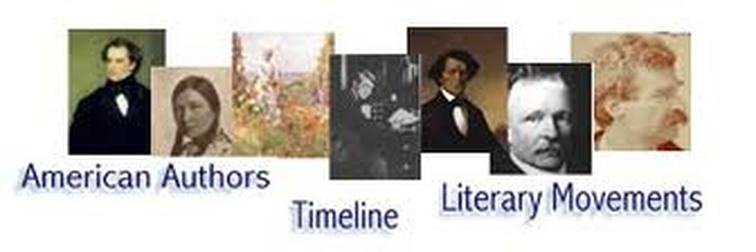
Literary Movements of Contemporay Literature
Beat Generation
Literary group, also known as the Beats or the Beat generation, that flourished from the mid-1950s until the early 1960s. Its most prominent members were the novelists John Clellon Holmes (1926-88) and Jack Kerouac (1922-69), and the poets Allen Ginsberg, Lawrence Ferlinghetti (b. 1919), Philip Whalen (b. 1923), Gary Snyder (b. 1930), and Gregory Corso (1930-2001). William Burroughs (1914-97) was loosely associated with the group, which was mainly located in San Francisco and in Greenwich Village, New York City. Much Beat poetry was published by Ferlinghetti's "City Lights" imprint, and his "City Lights" bookstore in San Francisco was an important meeting-place for the group. Gregory Stephenson has suggested that the Beat movement had two distinct phases: the "underground," from 1944 to 1956, and the public, 1956-62.
Holmes introduced the term "Beat generation" in a 1952 essay on his novel GO (1952), and later Kerouac suggested that "Beat" meant being socially marginalized and exhausted ("beaten down") and blessed ("beatific"). There are also musical connotations to the name as many members were jazz enthusiasts. Socially the Beats, many of whom were homosexual or bisexual, extolled individual freedom and attacked what they saw as the materialism, militarism, consumerism, and conformity of the 1950s; "America, where everyone is always doing what they ought," as Kerouac put it in one of Beat's defining works, the novel ON THE ROAD(1957). To this end they affected nonconformist styles of dress and speech and, avowedly antimaterialist, they cultivated mystical experiences by the use of drugs or by meditation -- many members developed an interest in forms of mysticism and in Zen Buddhism. The Beats were politically radical, and to some degree their anti-authoritarian attitudes were taken up by activists in the 1960s. In their writing they encouraged direct and frank communication and, rejecting the formalist, impersonal writing encouraged by the New Criticism, they cultivated styles that gave the impression of spontaneity and improvisation. Much Beat poetry was performance orientated (often read in public with jazz accompaniment). Although they have been much parodied and satirized, the Beats brought fresh energies to American writing and their influence has been significant.
Further Reading:
THIS IS THE BEAT GENERATION (1999) by James Campbell; BEAT DOWN TO YOUR SOUL (2001), edited by Ann Charters; THE BEAT GENERATION WRITERS (1996), edited by A. Robert Lee; A DIFFERENT BEAT: WRITINGS BY WOMEN OF THE BEAT GENERATION (1997), edited by Richard Peabody, and THE DAYBREAK BOYS (1990) by Gregory Stephenson.
From THE ESSENTIAL GLOSSARY: AMERICAN LITERATURE by Stephen Matterson. © 2003 Stephen Matterson. Reprinted by permission of the author.
Post modernism
Variously defined, "postmodernism" can refer to a historical period that began in the 1940s, a style of literature, philosophy, art, and architecture, or the situation of Western society in a late capitalist or postcapitalist age.
The French theorist Jean-François Lyotard succinctly defined postmodernism as "incredulity towards metanarratives"; that is, a skepticism toward the "grand narratives" that seek to explain and plot human life and history. Literary postmodernism is generally characterized by features such as: a mixing of styles ("high" and "low," for example) in the same text; discontinuity of tone, point of view, register, and logical sequence; apparently random unexpected intrusions and disruptions in the text; a self-consciousness about language and literary technique, especially concerning the use of metaphor and symbol, and the use of self-referential tropes. Even though the writers most often associated with postmodernism may deal with serious themes, their work often has absurd, playful, or comic aspects, and sometimes makes special use of parody and pastiche and of references to other texts and artifacts.
The American writers most typically termed postmodernist are Vladimir Nabokov (1899-1977), William S. Burroughs (1914-97), John Ashbery (b. 1927), Adrienne Rich (b. 1929), John Barth (b. 1930), Donald Barthelme (1931-89), Robert Coover (b. 1932), Richard Brautigan (1933-84), Thomas Pynchon, James Tate (b. 1943), Leslie Marmon Silko, and Kathy Acker (1948-97).
Further Reading:
PARACRITICISMS (1975) by Ihab Hassan; POSTMODERNISM, OR, THE CULTURAL LOGIC OF LATE CAPITALISM (1991) by Fredric Jameson; THE MODES OF MODERN WRITING (1977) by David Lodge; THE POSTMODERN CONDITION (1979/1984) by Jean-François Lyotard, and POSTMODERNIST FICTION (1987) by Brian McHale.
From THE ESSENTIAL GLOSSARY: AMERICAN LITERATURE by Stephen Matterson. © 2003 Stephen Matterson. Reprinted by permission of the author.
References:
